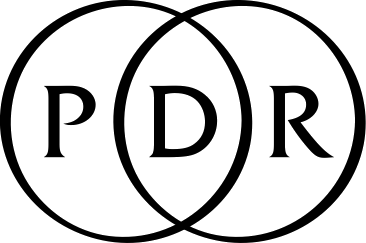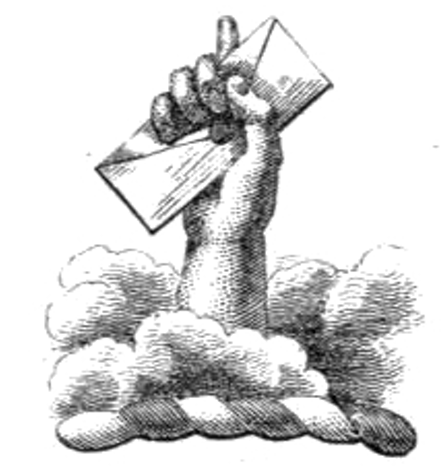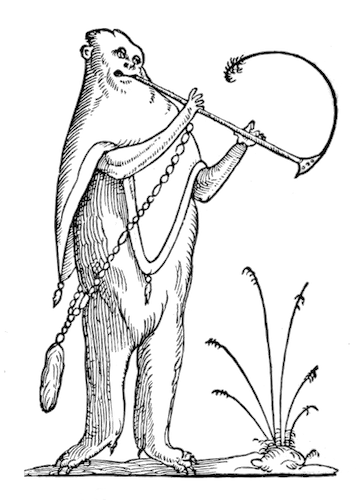
About
Founded in 2011, The Public Domain Review is an online journal and not-for-profit project dedicated to the exploration of curious and compelling works from the history of art, literature, and ideas.
As our name suggests, the focus is on works now fallen into the public domain, that vast commons of out-of-copyright material that everyone is free to enjoy, share, and build upon without restriction. Our aim is to promote and celebrate the public domain in all its abundance and diversity, and help our readers explore its rich terrain – like a small exhibition gallery at the entrance to an immense network of archives and storage rooms that lie beyond.
With a focus on the surprising, the strange, and the beautiful, we hope to provide an ever-growing cabinet of curiosities for the digital age, a kind of hyperlinked Wunderkammer – an archive of content which truly celebrates the breadth and diversity of our shared cultural commons and the minds that have made it.
“Magnificent … A model of digital curation.”
The Guardian
“… a gold mine of fantastic images and stories.”
The New York Times
“One of our favourite journals”
The Paris Review
Every two weeks we publish a new long-form essay in which leading scholars, writers, archivists, and artists offer insight and reflection upon the oft overlooked histories which surround public domain works — from Pre-Raphaelite wombats to new balloon-born perspectives. Contributors include Philip Pullman, Paula Findlen, and Julian Barnes.
The vast majority of the content exists in our curated collections of images, books, audio and film, in which we shine a light on curiosities and wonders from a wide range of online archives. Some highlights include a 15th-century herbal of anthropomorphised veg, a book of Tlingit myths and the hand-drawn infographics of W.E.B. Du Bois.
In this series, edited by D. Graham Burnett, we offer up a home for experiments with historical form and method — from a library of defaced book covers to the voice of a distant Roomba descendant. The reader is asked to keep a live eye on these texts, which thread between past and present, between the imagination and the archive, between dreams and data.
In this series, now come to an end, each month a curator from a gallery, library, archive, or museum picked out highlights from their openly licensed digital collections. Contributors included The British Library, The Getty, the Rijksmuseum, the US National Library of Medicine, and the UK National Archives.
This is our publishing spin-off project. Since 2014 it has published the annual Selected Essays series, which brings you the very best of our longform pieces in the form of lovingly-produced books; and as of early 2016, also New Editions, beautifully designed reprints and reworkings of public domain material.
Since 2017 we’ve been raising money for the project through selling a range of high quality giclée prints of an ever-expanding selection of favourites from the PDR archives. Custom made to the highest standards using archival inks on premium fine art paper, they are available as unframed or framed, and sent safely and securely direct to your door.


